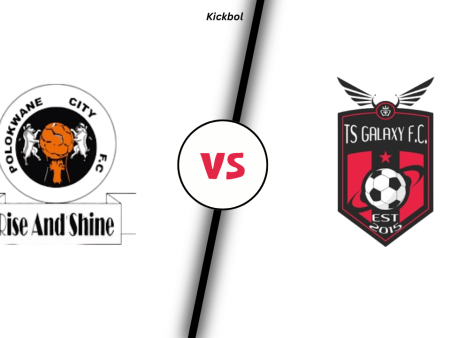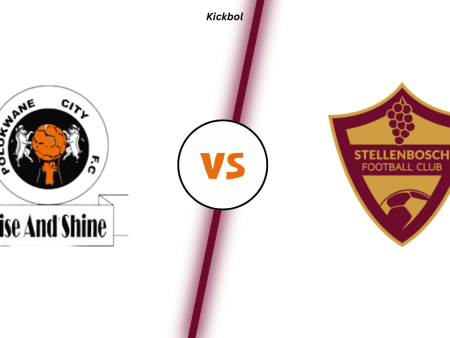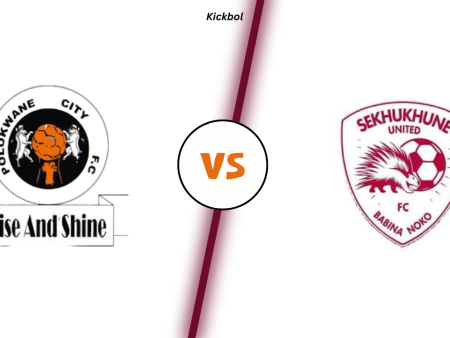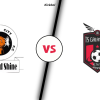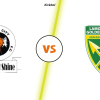The Sheffield derby once reverberated throughout English football, but with Nottingham Forest relegated in 2005, the clash went dormant. Now, both teams find themselves back in the Premier League, reigniting a rivalry steeped in history, grit, and contrasting styles. This article delves into the narrative of this reborn battle, exploring the head-to-head stats, playing styles, and potential impact on the league.
The history between these two teams
Their shared steel-producing heritage binds Nottingham Forest and Sheffield United, but their rivalry extends beyond geography. The 1980s miners’ strike added a bitter edge, with Forest’s continued operation fueling resentment from Sheffield, heavily impacted by the industrial action. On the pitch, memorable battles unfolded, like Forest’s 1992 FA Cup semi-final victory. Now, with both teams back in the top flight after respective spells in the Championship, the rivalry finds new life.
Head-to-Head Stats: A Close Encounter
Across all competitions, Nottingham Forest and Sheffield United have met 55 times, with a tight contest:
| Team | Wins | Draws | Losses | Goals For | Goals Against |
|---|---|---|---|---|---|
| Nottingham Forest | 19 | 15 | 21 | 68 | 74 |
| Sheffield United | 21 | 15 | 19 | 74 | 68 |
In the Premier League, their encounters have been even more closely contested:
| Season | Matchday | Home Team | Away Team | Score |
|---|---|---|---|---|
| 1992-93 | 5 | Nottingham Forest | Sheffield United | 1-1 |
| 1993-94 | 28 | Sheffield United | Nottingham Forest | 2-1 |
| 1994-95 | 13 | Nottingham Forest | Sheffield United | 0-2 |
| 1994-95 | 36 | Sheffield United | Nottingham Forest | 1-1 |
| 1997-98 | 8 | Sheffield United | Nottingham Forest | 1-0 |
| 1997-98 | 31 | Nottingham Forest | Sheffield United | 1-1 |
Table of Stats (Head-to-Head)
| Competition | Nottingham Forest Wins | Sheffield United Wins | Draws | Goals For (Nottingham Forest) | Goals For (Sheffield United) |
|---|---|---|---|---|---|
| All Competitions | 19 | 21 | 15 | 68 | 74 |
| Premier League | 4 | 4 | 4 | 6 | 8 |
Playing Styles: Blades Sharpened, Trees Rooted
Nottingham Forest, under Steve Cooper, prioritize defensive solidity and quick transitions. Brennan Johnson’s pace and Brennan Lewis’ creativity provide counter-attacking threats, while Taiwo Awoniyi offers a physical presence upfront.
Sheffield United, led by Paul Heckingbottom, implement a high-pressing, possession-based approach built on intricate passing combinations and individual flair from players like Oli McBurnie and Iliman Ndiaye. However, their defensive lapses remain a concern.
These contrasting styles guarantee exciting and unpredictable matches:
- Forest’s resolute defense under Joe Worrall and Felipe will challenge Sheffield United’s attacking pressure.
- Forest’s counter-attacks featuring Ryan Yates can be potent against a potentially vulnerable Blades defense.
- Sheffield United’s ability to control possession and create chances through attacking triangles could test Forest’s defensive resolve.
Table of Stats (Playing Styles)
| Team | Playing Style | Key Attributes | Challenges |
|---|---|---|---|
| Nottingham Forest | Pragmatic, counter-attacking | Defensive solidity, organization, quick transitions | Maintaining attacking threat, consistency |
| Sheffield United | Possession-based, pressing | Creative passing, individual brilliance | Defensive stability, converting chances |
Passion Ignited, Geographical Proximity Sparks
The rivalry transcends tactics, fueled by passionate fan bases. Nottingham’s Trent End and Sheffield’s Kop stand are renowned for their vocal support. The close geographical proximity adds another layer of intensity, with fans traveling in numbers to create a hostile, yet electrifying atmosphere at City Ground and Bramall Lane.
Conclusion
This rivalry has the potential to be a major addition to the Premier League landscape. Their contrasting styles, passionate fan bases, and historical context guarantee exciting and unpredictable matches, enriching the league’s diversity and entertainment value.
